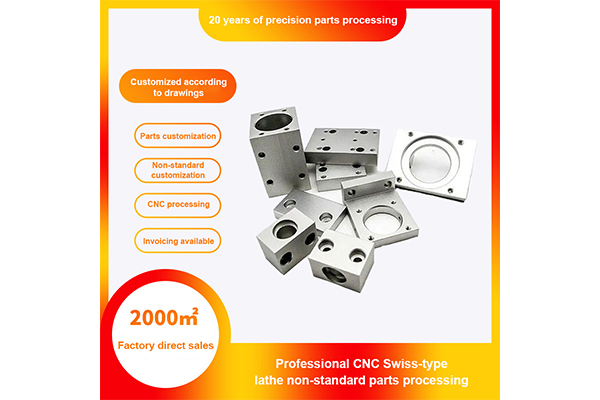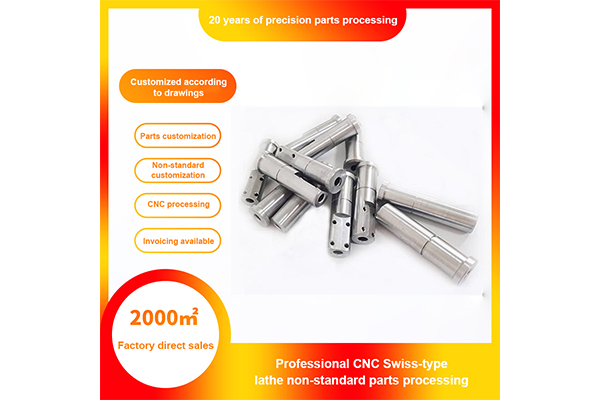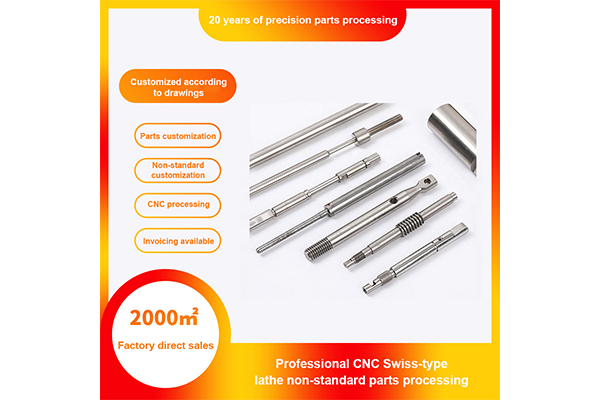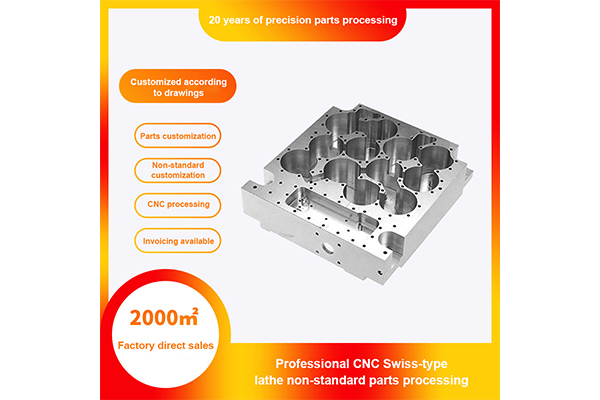How is the application of lightweight materials in auto parts?
Release Time : 2024-12-26
With the rapid development of the automobile industry, lightweighting has become a common focus of automobile manufacturers and parts suppliers. The application of lightweight materials aims to reduce the overall weight of the car, improve fuel efficiency, reduce carbon emissions, and ensure the safety and performance of the car.
Lightweight materials mainly include high-strength steel, aluminum alloy, magnesium alloy, carbon fiber composite materials, and non-metallic materials such as plastics and rubber. These materials are widely used in auto parts due to their light weight, high strength and good corrosion resistance.
Aluminum alloy is one of the preferred materials for lightweighting auto parts. Aluminum alloy has high strength and good crash resistance, can absorb more energy during a collision, and its density is lower than that of steel, which can significantly reduce the weight of the car. For example, the all-aluminum body of Audi A8 is a typical application of aluminum alloy in lightweighting of automobiles.
Magnesium alloy is another important lightweight material. Its density is lower than that of aluminum alloy, but its strength is comparable to that of aluminum alloy, and it has good plasticity and forgeability, which makes it easy to process into various complex auto parts. At present, magnesium alloys have been widely used in seat frames, dashboards, steering wheels and other parts.
Carbon fiber composites have become an ideal choice for lightweight design of high-end cars and new energy vehicles due to their light weight, high strength and excellent fatigue resistance. The application of carbon fiber composites can significantly reduce the weight of cars, improve fuel efficiency and endurance.
In addition, non-metallic materials such as plastics and rubber also play an important role in lightweighting cars. Plastics are widely used in body parts such as inner and outer panels of engine hoods, bumpers, fenders, etc. due to their light weight, corrosion resistance, easy processing and low cost. Rubber is widely used in automotive seals and shock absorbers due to its good elasticity and sealing properties.
In summary, lightweight materials are widely used in auto parts. The application of these materials not only reduces the weight of cars and improves fuel efficiency, but also promotes the innovation and development of the automotive industry.
Lightweight materials mainly include high-strength steel, aluminum alloy, magnesium alloy, carbon fiber composite materials, and non-metallic materials such as plastics and rubber. These materials are widely used in auto parts due to their light weight, high strength and good corrosion resistance.
Aluminum alloy is one of the preferred materials for lightweighting auto parts. Aluminum alloy has high strength and good crash resistance, can absorb more energy during a collision, and its density is lower than that of steel, which can significantly reduce the weight of the car. For example, the all-aluminum body of Audi A8 is a typical application of aluminum alloy in lightweighting of automobiles.
Magnesium alloy is another important lightweight material. Its density is lower than that of aluminum alloy, but its strength is comparable to that of aluminum alloy, and it has good plasticity and forgeability, which makes it easy to process into various complex auto parts. At present, magnesium alloys have been widely used in seat frames, dashboards, steering wheels and other parts.
Carbon fiber composites have become an ideal choice for lightweight design of high-end cars and new energy vehicles due to their light weight, high strength and excellent fatigue resistance. The application of carbon fiber composites can significantly reduce the weight of cars, improve fuel efficiency and endurance.
In addition, non-metallic materials such as plastics and rubber also play an important role in lightweighting cars. Plastics are widely used in body parts such as inner and outer panels of engine hoods, bumpers, fenders, etc. due to their light weight, corrosion resistance, easy processing and low cost. Rubber is widely used in automotive seals and shock absorbers due to its good elasticity and sealing properties.
In summary, lightweight materials are widely used in auto parts. The application of these materials not only reduces the weight of cars and improves fuel efficiency, but also promotes the innovation and development of the automotive industry.







